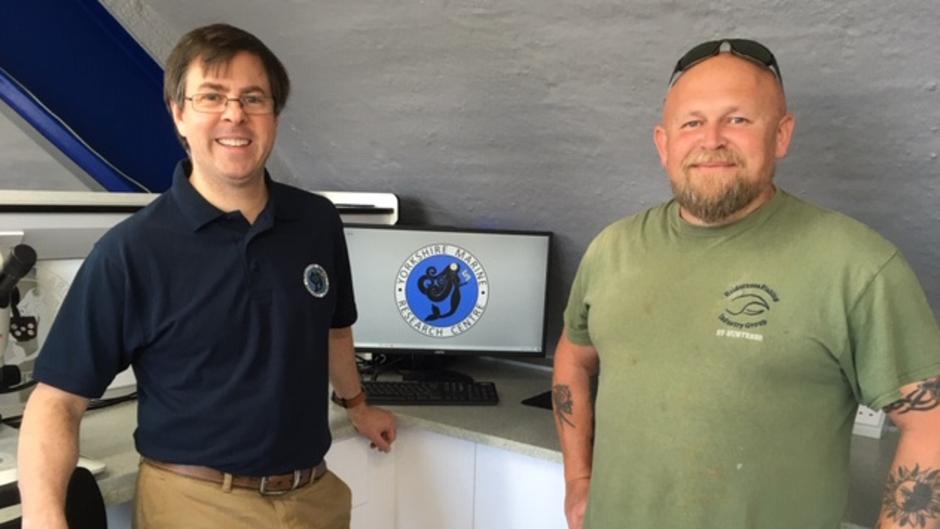A new lobster hatchery and research laboratory has opened in Bridlington, with the aim of producing important research on fishing grounds off the East Riding coast.
The development of the Yorkshire Marine Research Centre, based on the South Pier overlooking the harbour, has been developed by the Holderness Fishing Industry Group in close association with the Holderness Coast Fisheries Local Action Group (FLAG), which contributed 50% of the capital cost of the new facility, sourced from the European Maritime and Fisheries Fund.
Further funding for the facility was provided by the West of Morecambe Fisheries Fund.
The land-based centre aims to research the impact of environmental and other conditions affecting the growth of juvenile lobster, and build on the existing research undertaken by Marine Scientific Services which uses another FLAG-funded facility – the Huntress research vessel – out at sea.
Councillor Victoria Aitken, East Riding of Yorkshire Council’s portfolio holder for economic development and inward investment, said: “The opening of the Yorkshire Marine Research Centre represents a major milestone in understanding better the environmental factors affecting local lobster stocks.
“Bridlington is the largest lobster port in the UK and Europe, landing over 300 tonnes of lobster in 2019, worth over £4million, so the shellfish industry is of significant importance. We are eager to support this industry from both an environmental and economic standpoint.”
James Wood, chair of the Holderness Coast FLAG, said: “The Holderness Coast Fishery Local Action Group, using funding from the European Maritime and Fisheries Fund, have been pleased to assist the development of this exciting new project.
“The new laboratory will use state-of-the-art technology that will allow scientists to develop a clearer understanding of the early life stages of lobster, which is difficult to do in the open sea. This research will help drive the industry forward, making it more sustainable for the future.”
The facility is not open to the general public, however it will display its findings on view for people passing the centre in Bridlington. There is also a schedule of live Q&A sessions with the scientists at the facility, details of which will be released throughout the year.
For more information, please visit the HFIG website at http://www.hfig.org.uk/ or follow Yorkshire Marine Research Centre on Facebook.



